NEWSLETTER
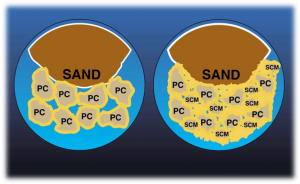
Issue 11 - Economic Impact of Recycled Concrete Aggregates | Usage of Blended/Special Cements in Optimizing Mortar & Blocks
With the increase in economic growth, population growth and the expansion of urban areas, the city has been demarcated and roads have been paved. The need for construction, urban expansion and the construction of new buildings have increased. This has led to a significant increase in the use of concrete. The use of concrete is estimated at 30 billion metric tons Year in the world, and so it plays an important role in the development of the economy of countries.
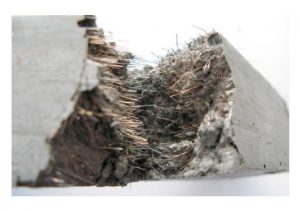
Issue 10 - Steel Fiber Concrete | Introduction & Case Study
Concrete is strong in compression and weak in tension, therefore the tensile forces have to be carried by the steel reinforcement. In addition, the tensile failure strain of the reinforced concrete is significantly lower than the yield strain of the reinforcing steel and concrete will crack before any significant load is transferred to the steel.
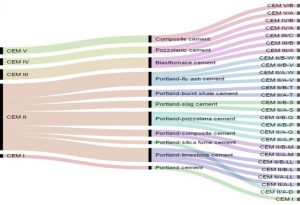
Issue 9 - Cement Types in American & European Standards
Cement is considered to be a product of particular importance for the stability and performance of the structure, different Standards and specifications across the countries specify different cements types based on different criteria. This article will compare the different types of cement in ASTM and EN.

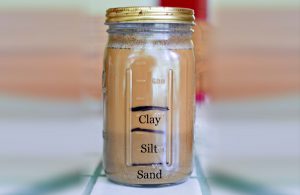
Issue 7 - An Alternative Sand Silt Content Test (In the Absence of Sand Equivalent Equipment)
Silt/clay content and plastic fines in sand, if present in high quantities, will affect fresh and hardened concrete properties by increased water demand and preventing better bonding between cement paste and aggregates.
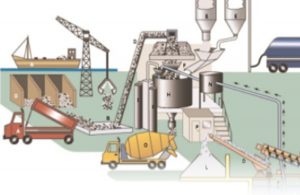
Issue 6 - Plant Specific QC Issues & Troubleshooting
Efforts to improve concrete structures through better concrete require research on practical concrete and on concrete practice. Of course, laboratory research is also required towards comparison and obtaining better raw materials particularly suitable for various purposes. We will learn more about concrete from sorting out problems at the batching plant than we will ever learn in the office doing new-mix designs.
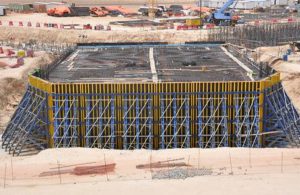
Issue 5 - Specification of Raft Foundations for Tower Buildings
A lot of tower buildings have been built in Arabian Gulf region during the last decade, the raft foundation forms a primary structure element of such buildings, Thickness of some of them are up to 3 m or more, thousands of concrete cubic meters may poured in such elements, for instance more than 11700 m3 poured in a single raft foundation in Riyadh in 2010 by Saudi Readymix Concrete Company.
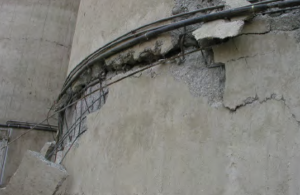
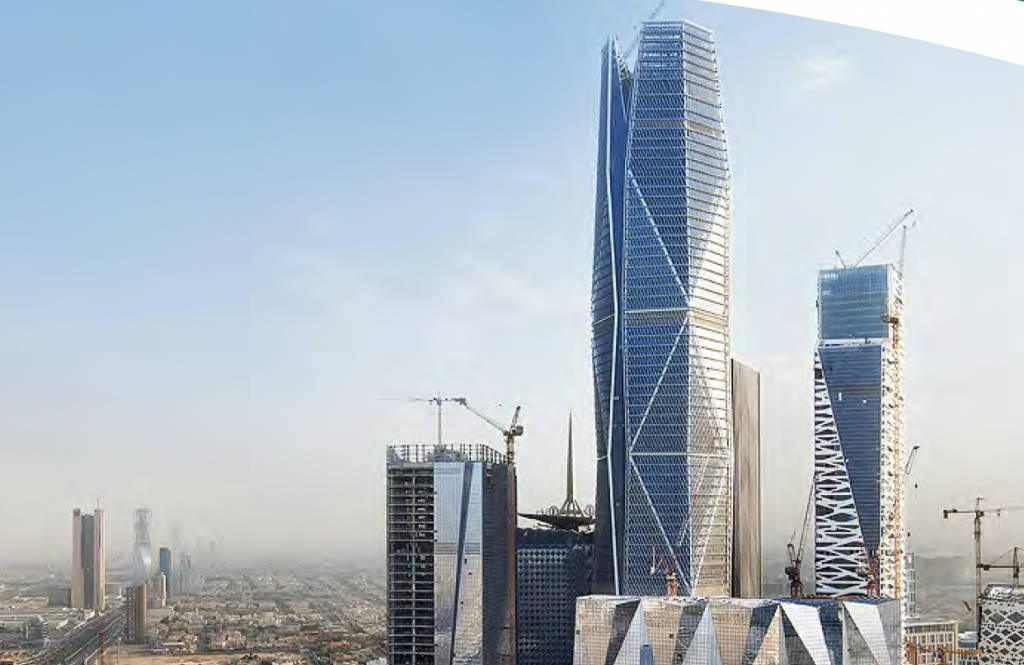
Issue 3 - CMA Tower Raft Foundation
In November 2011, Saudi Ready mix completed one and a half day continuous ready-mixed concrete for the raft foundation of the Capital Market Authority (CMA) Tower located at the King Abdullah Financial District (KAFD) in Riyadh. It was one of the largest concrete pours to take place in KSA.
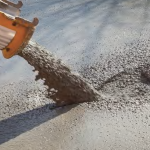
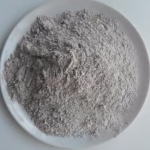
Issue 1 - Ground Granulated Blast- Furnace Slag
Ground granulated blast-furnace slag (GGBFS) or Slag Cement is obtained by quenching molten iron slag (a by-product of iron and steel-making) from a blast furnace in water or steam, to produce a glassy, granular product that is then dried and ground into a fine powder.
